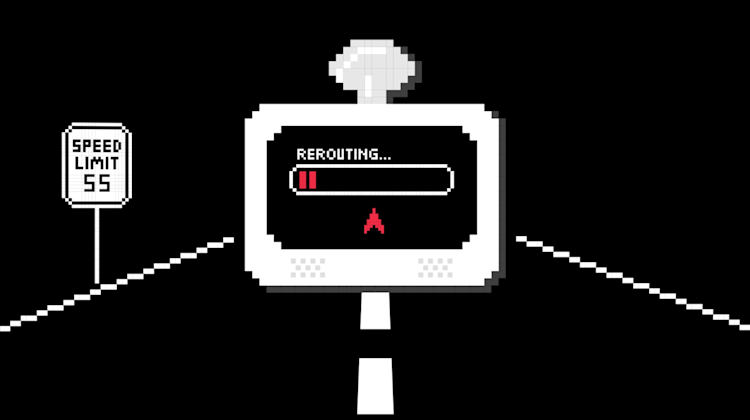Article
When Design Means Life or Death

At 80 mph, bad in-car UX/UI can mean life or death. So why does the auto industry lag so far behind the tech industry when it comes to user centered design? CCO Paul Woods discusses the major problems he sees with in-car UX/UI, what the auto industry can do to fix them, and what attendees can expect to take away from our proposed SXSW panel, “Before the Batmobile: Rethinking In-car UX/UI Tech.”
Edenspiekermann’s SXSW PanelPicker entry is called “Before the Batmobile: Rethinking In-car UX/UI Tech.” What can attendees expect to take away from this panel?
In-car technology is years behind when compared with other industries. Automotive companies are increasingly relying on third party providers such as Google Auto and Apple Carplay to do the heavy lifting. I call it the “suction cup solution” — bypassing the native in-car tech with a smartphone stuck on top your dash and an old-school USB cable. By doing so, they are missing a huge opportunity to improve the user’s experience by providing a dedicated experience that is unique to that brand / model. There’s only so much that the suction cup solution can achieve as it is not integrated with any of the physical car components. More critically, bad UX is a real safety issue. With the increased time of eyeballs on screens while driving, as designers, we need to make this experience as safe as it can possibly be.
Smartphones cost a fraction of what an automobile does, yet their technology is light years ahead. What is the top problem you see with the majority of in-car UX/UI experiences?
Experiences that rely on touch / visual input as the primary method of interaction are the first big problem. By far, the safest way to interact with an interface while driving at 80 miles per hour in rain is to not look at the screen at all. A voice-first approach to the experience are key — unless, of course, you want your customer’s vehicle wrapped around a tree.
What can automotive brands do to improve in-car UX/UI?
It starts with the same thing that all good products are built upon: an understanding of the pain points from the user's perspective. What do they actually need, as opposed to what your marketing team thinks they need? The brand may want to create the next Batmobile, with all the bells and whistles, but what the user really needs is a navigation system that allows them to exit the freeway on time without missing their exit. Find out what your customers actually need, and you won’t go too far wrong.
If an auto brand wanted to make user experience design a greater focus, who should they look to for expertise?
To build successful digital products, you need people who have done it before. Automotive manufacturers need to start taking tech seriously and hire teams that truly understand what it takes to build a user-first product that people will choose over the suction cup solution.
————————————————
Edenspiekermann is recognized as a top California Web Design Company on DesignRush.